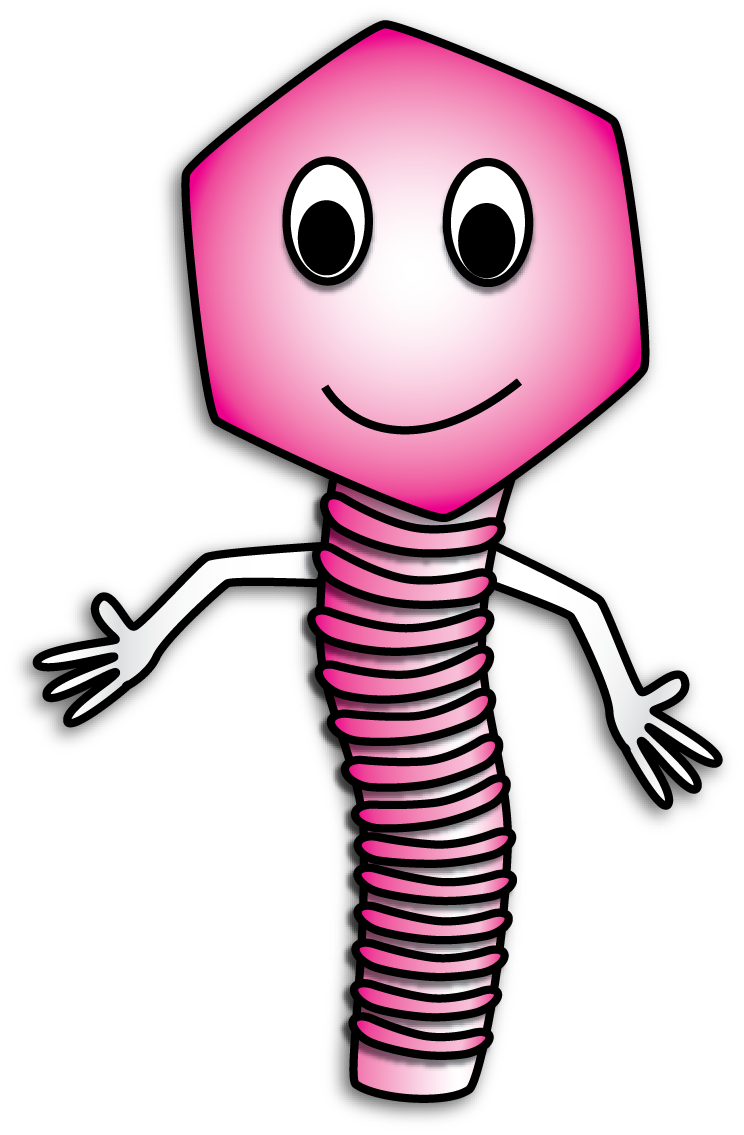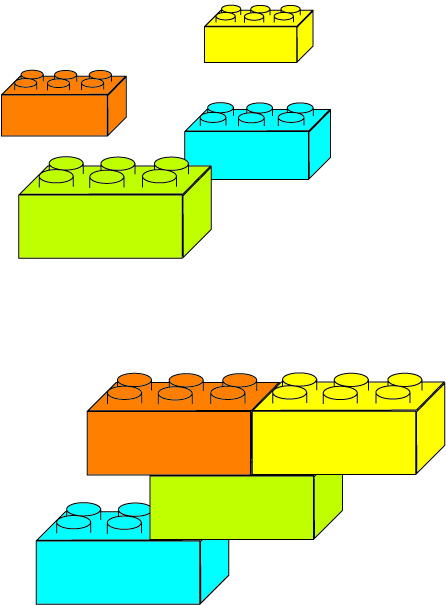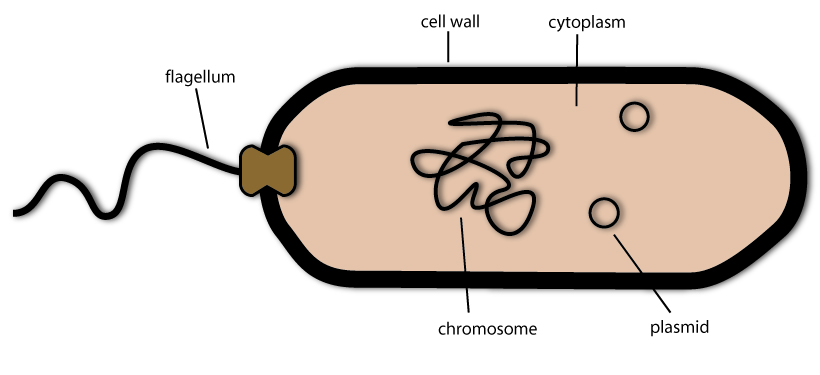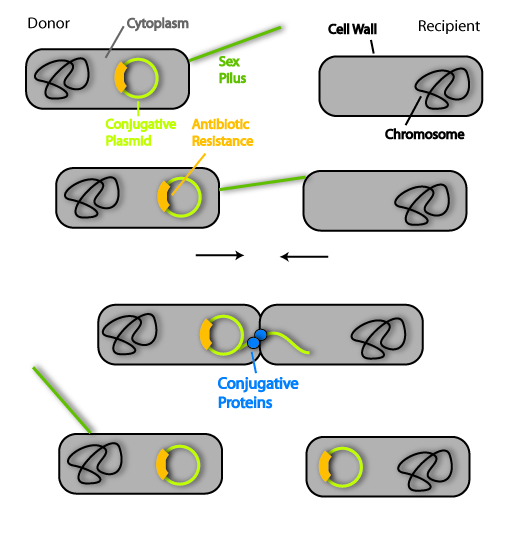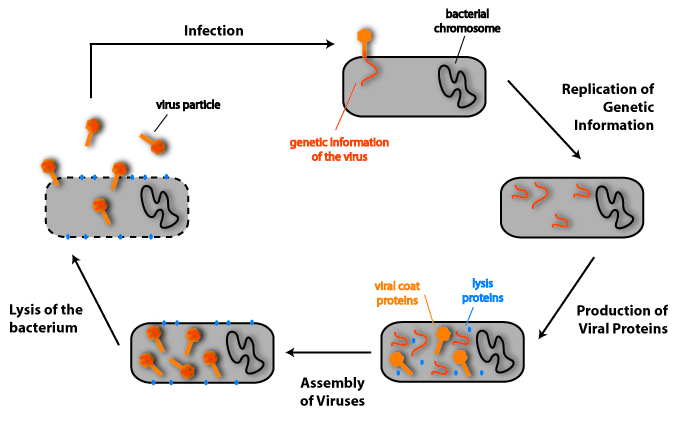Team:Heidelberg/Human Practice/Phips the Phage/General Backround
From 2008.igem.org
Annastoeckl (Talk | contribs) |
Annastoeckl (Talk | contribs) (→Synthetic Biology) |
||
| Line 7: | Line 7: | ||
== '''Synthetic Biology''' == | == '''Synthetic Biology''' == | ||
| + | [[image:Biobricks.jpg|right|200px]] | ||
Synthetic Biology is a young field in science, which combines classic gene technology with an engineering approach. Similar to the construction of an airplane, Synthetic Biology uses simple gene building blocks for the construction of new complex systems with distinct functions. | Synthetic Biology is a young field in science, which combines classic gene technology with an engineering approach. Similar to the construction of an airplane, Synthetic Biology uses simple gene building blocks for the construction of new complex systems with distinct functions. | ||
| - | |||
| - | |||
So doing Synthetic Biology is like playing with Lego: You have multiple parts, but instead of being made of plastic, they constist of DNA. This DNA can contain the information to built a protein, or it can have a regulatory function. By combining for example a regulatory part that initiates the reading of a gene very efficiently together with a part that contains the information to make a green fluorescent protein, you can built a more complex device, which is able to synthesize GFP at a high rate - the cell will glow green. | So doing Synthetic Biology is like playing with Lego: You have multiple parts, but instead of being made of plastic, they constist of DNA. This DNA can contain the information to built a protein, or it can have a regulatory function. By combining for example a regulatory part that initiates the reading of a gene very efficiently together with a part that contains the information to make a green fluorescent protein, you can built a more complex device, which is able to synthesize GFP at a high rate - the cell will glow green. | ||
Revision as of 16:25, 11 October 2008
...I am glad you decided to learn something from me. You won’t regret it!
Contents |
Synthetic Biology
Synthetic Biology is a young field in science, which combines classic gene technology with an engineering approach. Similar to the construction of an airplane, Synthetic Biology uses simple gene building blocks for the construction of new complex systems with distinct functions.
So doing Synthetic Biology is like playing with Lego: You have multiple parts, but instead of being made of plastic, they constist of DNA. This DNA can contain the information to built a protein, or it can have a regulatory function. By combining for example a regulatory part that initiates the reading of a gene very efficiently together with a part that contains the information to make a green fluorescent protein, you can built a more complex device, which is able to synthesize GFP at a high rate - the cell will glow green.
These gene building blocks are collected in a database by iGEM and can be used by all participants of the competition. So far, the collection contains more than 1000 gene building blocks, due to the continuous development of new parts over the last years.
Bacteria – general introduction
Everybody has heard of bacteria, for sure – maybe in connection with certain infectious diseases, with hygienic topics or with genetic engineering. And did you know, that there are ten times as many bacteria cells as human cells in the human body? But what exactly are bacteria? They are the most basal and most numerous organisms living on this planet. They are only consisting of one cell, but can carry out all the major functions of life: they reproduce, they intake food and excrete metabolic wastes, they respire (convert food into energy) and they grow. And all this is done within a tiny cell of a few micrometers in length.
So how are these tiny living beings organized? Like every cell, they have an inner cytoplasm, which mostly consists of water and soluted proteins. This cytoplasm is the basis for all reactions carried out in the cell and provides an environment for molecule transport via diffusion. In the cytoplasm there lies the chromosome, which carries most of the genetic information of the bacterium. For example it encodes the proteins necessary for DNA replication, for the metabolism and for the secretion of substances. But unlike human cells, not all genetic information is included in the chromosome. Some lies in small circular units of DNA called plasmids. They function exactly like the chromosome, but they are smaller and some of them can be transported into other bacteria cells by a mechanism called conjugation.
Surrounding the cytoplasm is the plasma membrane – a thin layer of lipids, which separates the inside of the bacteria cell from the environment. On the outside of the plasma membrane there is the cell wall. Similar to the cell wall you may know from plant, this stiff construct gives the bacteria cell its shape and also shields the sensible plasma membrane.
Most bacteria are also able to swim. They do this via propeller like structures that are called flagella. These are long and thin protein fibers that rotate driven by a molecular motor. And they are not only able to tumble around randomly, but they can swim target-oriented in a process called chemotaxis.
Bacterial conjugation
Just imagine you would kiss somebody and thereby exchange genetic information with you mate, which helps you to survive under certain environmental conditions. Incredible? Well, this is exactly what bacteria cells are able to do and what is called conjugation!
Scientifically, this term describes the transfer of genetic information from a donor bacterium to a recipient bacterium. They have to establish a cytoplasm bridge for this task, so the cells have to be in direct contact.
But how do the cells find each other and make this stable link? The donor cell has sensors to find and bind the recipient cell. These are protein extensions on the surface of the bacteria cell and they scan the surrounding area of the donor for recipients. Fittingly they are called sex pili. If these pili have established the contact between the two cells, they retract and bring the cells close together. The cytoplasm bridge is formed with the help of other protein factors.
In the next step, the genetic information is transferred from the donor to the recipient. Therefore another set of specialized proteins is needed. The genetic information generally is contained on plasmids, which are circles of DNA. As I said in the beginning, this information can be helpful to survive under special environmental conditions. One important example is antibiotic resistance. Normally, bacteria are killed by antibiotics. This is why they are used to fight infectious diseases evoked by pathogenic bacteria. But some bacteria have special proteins that allow them to survive even in an environment with antibiotics. And the information for these proteins can be transferred by conjugation.
You see, bacteria have an enormous plasticity as far as their genome is concerned and can therefore adapt to various conditions – due to the mechanism of conjugation.
Viruses
What is a virus? It is a sub microscopic particle – so we will never be able to see it with bare eyes. But we are able to feel the consequences of a virus acting – have you ever had a cold, the flu, herpes or chickenpox? These are diseases caused by viruses. They arise due to the lifestyle of a virus: These particles are not able to live on their own; they need a host cell to multiply. So you could call them cellular parasites. Therefore many scientists tend to not call them organisms, because they are not able to “live” in their own. By using the host cell for their own purpose, they often damage it severely – this is what causes the well known diseases.
There are not only viruses that infect humans, but there is a special virus for almost any kind of organism, for example there are a class of viruses who infect bacteria cells. They do the same to these cells as they do to human cells: They infect them, use their resources to multiply and in most cases destroy them to be set free. This is why they are called bacteriophages – bacteria eaters.
But how exactly does a virus/bacteriophages infection work? Therefore we have to know how a phage is organized: The core of the virus is its genetic information. This is wrapped in a coat of proteins, that shield it and also makes the contact to the host cell and injects the genetic information into this cell. There the information is copied and read by proteins of the host. In principle, the viral information tells the apparatus of the host cell, to make new viruses. So the virus programmes the host cell, e.g. the bacterium, to make more of this pathogenic agent that will kill it. Because the information of the virus also contains proteins, which degrade the cell wall of the bacteria and, in scientific terms, lyse it. That means the cell wall is not longer able to hold the pressure of the inner cytoplasm because it is tattered by the lysis proteins. The consequence: The bacteria cell bursts.Thereby the phages are set free and can look for other bacteria to infect.
 "
"
